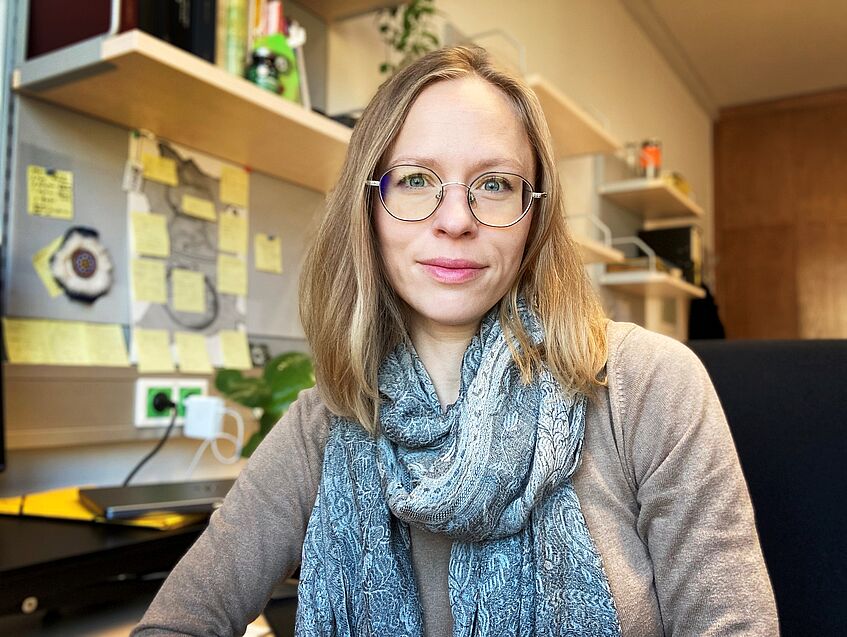Jaanika Vider
Capturing the Arctic: Visual and Material Practices of Ethnographic Representation of the Russian North

Capturing the Arctic: Visual and Material Practices of Ethnographic Representation of the Russian North
How is ethnographic knowledge made and popularised?
Building on existing studies on the construction of the Arctic through western scientific discourses (Bravo 2019, Bravo and Sörlin 2002, Powell 2017) and recent researchin museum anthropology that is rethinking narratives of ethnographic encounters (Peersand Brown 2003, Fienup-‐Riordan 2010, Schorch and McCarthy 2019), this project will delineate epistemic practices underpinning the construction of the Russian North in the 19th and early 20th centuries. While the peoples of the Arctic were represented in the European metropolitan centres as early as the 15th century, there is a sense in which the region has historically been envisaged as an empty space.
This project posits that the Northlands have been thus imagined through a process of rendering its indigenous population part of the natural landscape. To explicate the mechanisms through which such imaginings were created, it will examine the processes of encoding and decoding of northern indigeneity through ethnographic collections circulated via learned societies and museums in the 19th and early 20th centuries. The project focuses on the lesser known Baltic and Russian traditions of Arctic explorers and their collections and archives in Estonia and Russia. It will examine how the Russian North was represented and thus constructed through objects and images that travelled from field sites to museums and circulated in the academic and popular domains and delineate specific mechanisms and technologies of such representations. Going beyond existing studies of specific institutional or personal histories, the project seeks to answer how material culture acquired and produced at particular sites was configured through circulation and use in wider scholarly networks and popular realms. Understanding the mechanisms that underpin popular representations is crucial for future research that seeks to challenge dominant narratives of exploration and discovery. The project will use a mixed methods approach, combining computational analysis with ethnographic approaches. Taking as its starting point the North Pacific object collection a the Estonian History Museum, which contains 571 objects acquired by members of the Russian Imperial Navy, the project will create a relational database of objects, visual depictions, and archival material pertaining to North-‐Eastern Siberia and Russian Alaska. Collections such as those of Karl von Ditmar acquired during geological research in Kamchatka and Ferdinand von Wrangell (the founder of the Russian Geographical Society) from Alaska will act as the nexus of inquiry into particular explorers and sites of collection.
The database will allow mapping academic networks and material flows of ethnographic material and analyse the circulation, reproduction, and use of these materials in academic and popular realms. At the same time, in-‐depth archival and collections-‐based research and collaboration with source communities through fieldwork will add ‘thick data’ for the analysis and highlight indigenous narratives embedded in the objects.
A key site will be examined in greater depth adding a longitudinal dimension that will explore links exploration and early 20th century professional ethnographic research. The project will fill a significant gap in the understanding of the Baltic and Russian traditions of Arctic exploration and reorient existing scholarship through a greater awareness of the historical dynamics of the scientific networks of the Baltic, German, and Russian lands and thus contribute to discussions about the contemporary ‘Global Arctic’ (Dodds 2017) beyond present-‐day Arctic states like Canada, Norway, and Sweden and former colonising states like Britain.
